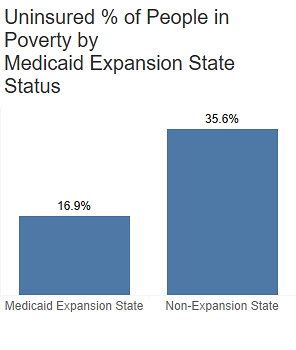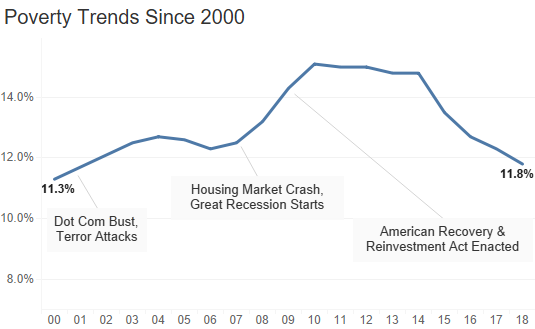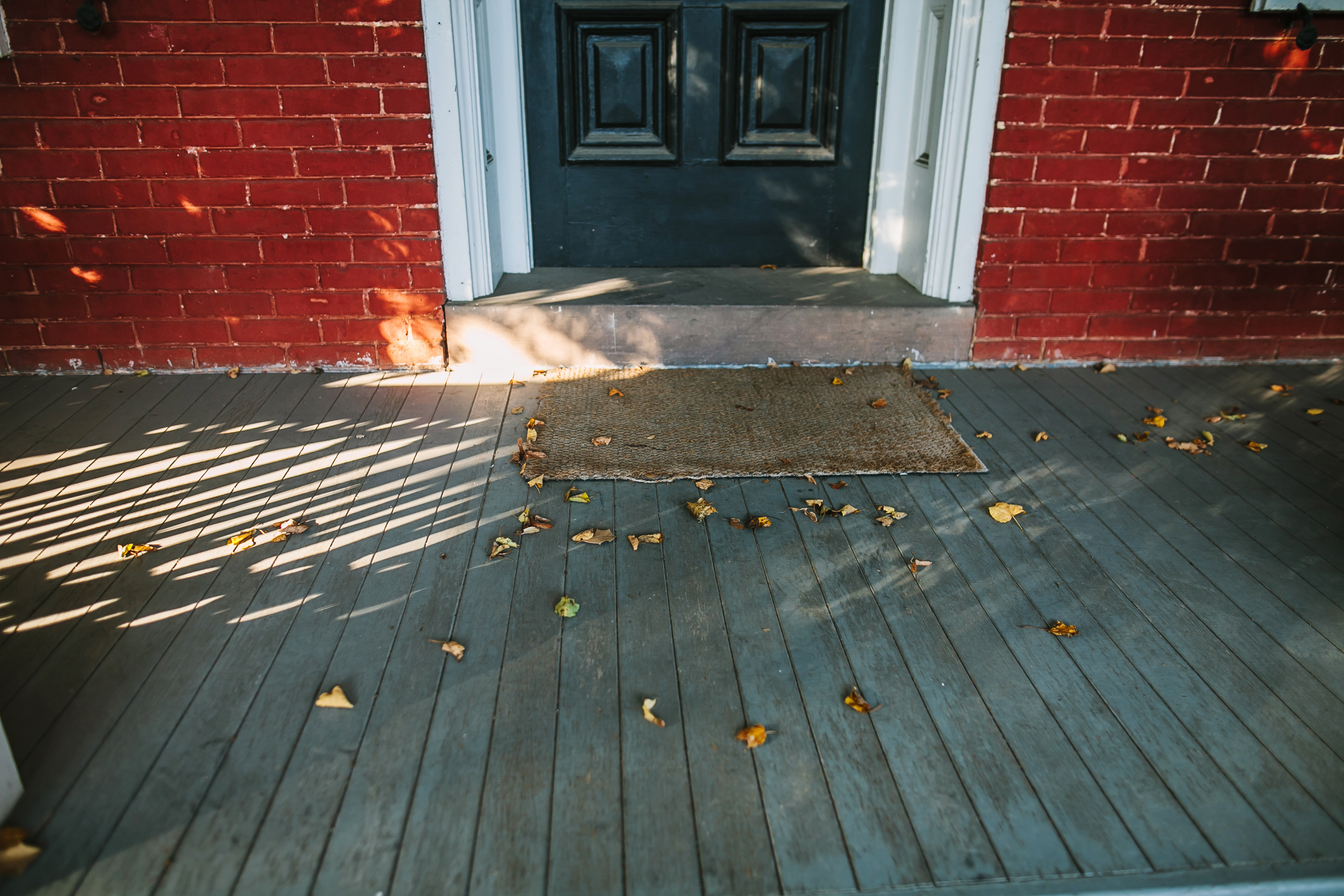Poverty rates are down: the U.S. Census Bureau has been documenting modest declines since 2010. And, in a recent report, the agency detailed a 0.5 percent decrease in the number of people living below the poverty line in 2018. Since poverty status puts people at risk of homelessness, such declines are a positive sign. However, other data points raise concerns about homelessness risks among older adults, racial minorities, uninsured people, and those most vulnerable to an economic recession.
Elder Poverty
Elder poverty is on the rise. In 2015, 8.8 percent of elderly people were poor. The 2018 data showed the rate of elderly homelessness to be up to 9.7%. Similarly, the portion of the aging population living in deep poverty was 2.8% in 2015, but that grew to 4% in 2018.
Researchers have already been sounding the alarm on elder homelessness. They predict that the homeless population over the age of 65 will triple in the next decade. The Census is already reflecting these changes among older adults.
Race & Ethnicity
Poverty rates for people of color are on the decline. However, the inequity between the percentage of Whites in poverty compared to Blacks, Asians, and Hispanics is staggering. This is particularly striking among children. White children’s rate of poverty was 8.9%, while Asian children were 11.3%, Hispanic children were 23.7%, and Black children were 29.5%.

The impact of poverty on children is severe. Higher rates of chronic health conditions; problems with hearing, vision, speech, behavioral issues; and mental health problems afflict children in poverty at much higher rates than their non-impoverished peers.
Of course, this disparity extends to adults. While Black people make up about 14% of the US population, they are about 23% of the impoverished population and 40 percent of the homeless population. Similarly, Hispanics make up about 16% of the population but are impoverished at 23% and homeless at 22%.
Spotlight on Medicaid
 Health insurance coverage rates fell a half of percentage point leaving 8.5% of the nation uninsured. The most significant loss was a 0.7% reduction in the number of people receiving Medicaid, which has a direct correlation.
Health insurance coverage rates fell a half of percentage point leaving 8.5% of the nation uninsured. The most significant loss was a 0.7% reduction in the number of people receiving Medicaid, which has a direct correlation.
Part of the decline may be attributable to the growing use of Medicaid work requirements. Currently, six states have them and they are pending approval in an additional seven.
Individuals losing Medicaid only worsens an existing problem of not all poor people having access to the program. Significantly, some states refused the expansion offered through the ACA. According to census data, people living below 100% of the Federal Poverty Level in Medicaid Expansion states had an uninsured rate of 16.9%. Conversely, in Non-Expansion states, the uninsured rate of people in poverty was 35.6%. People experiencing homelessness are amongst those not receiving services in non-expansion states.
Concerns for the Future
 While the overall picture of poverty in the US is improving, fears of another recession loom. This could drive the poverty numbers back up, putting more people at risk of homelessness. Those at the bottom of the economic ladder often need many years to financially recover from a recession; some never fully recover.
While the overall picture of poverty in the US is improving, fears of another recession loom. This could drive the poverty numbers back up, putting more people at risk of homelessness. Those at the bottom of the economic ladder often need many years to financially recover from a recession; some never fully recover.
Conclusion
Poverty increases the risk someone may become homeless. People of color are impoverished at higher percentages than their white peers. This inequity is amplified among people who experience homelessness. More research needs to be done to fully understand the connection between race, ethnicity, age, and gender in both poverty and homelessness. Additionally, people experiencing homelessness are more vulnerable to health challenges, so it is critical that Medicaid be available to them—without burdensome work requirements that disproportionately impact people living in shelters or on the street. States should be willing to expand their Medicaid coverage, especially in the face of a potential new recession. This safety net program, among others, can be the difference between living in poverty and falling into homelessness and staying stably housed.

